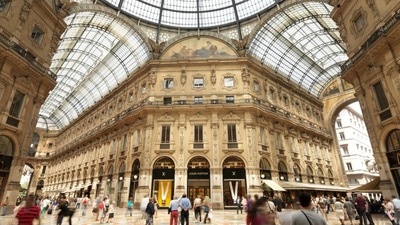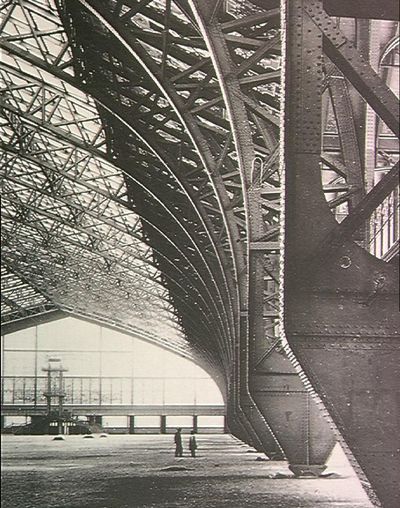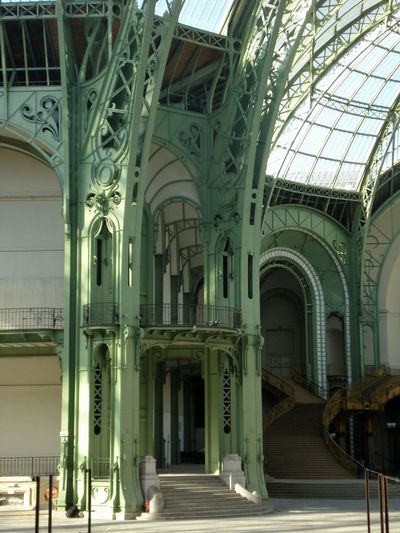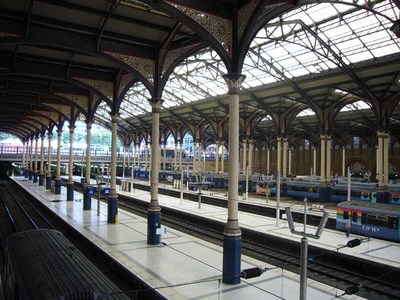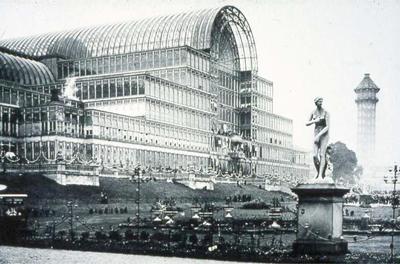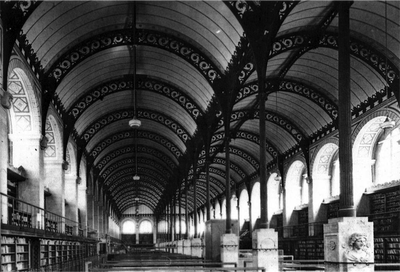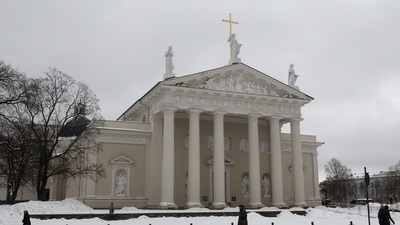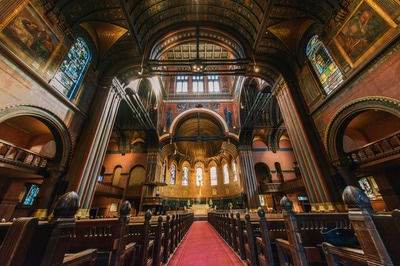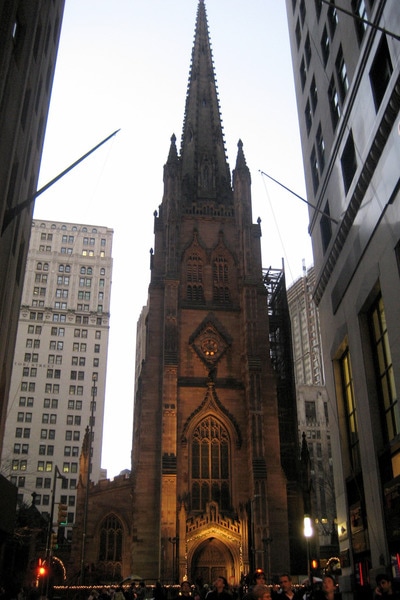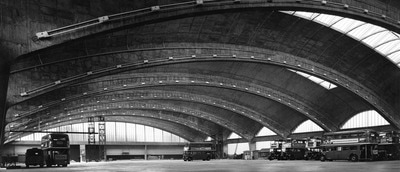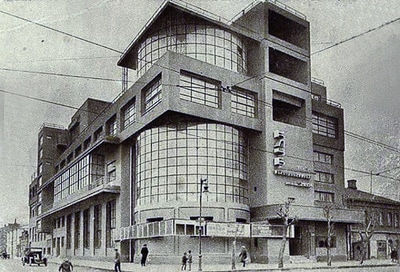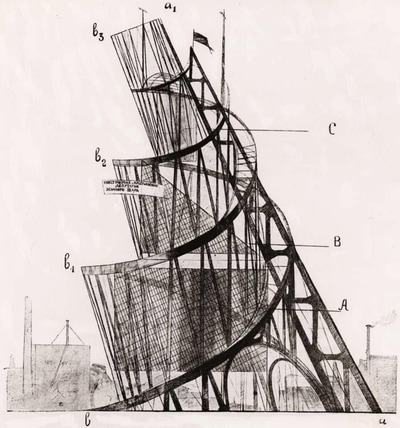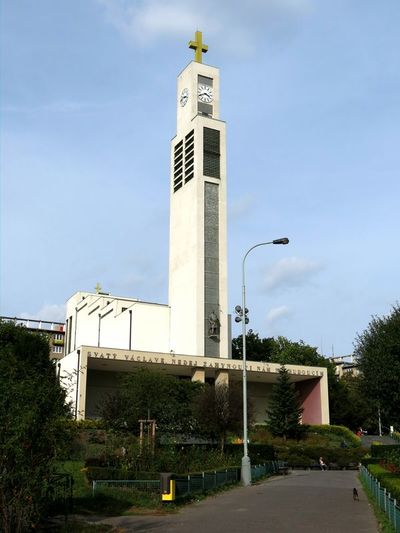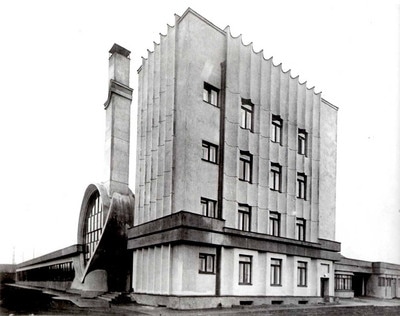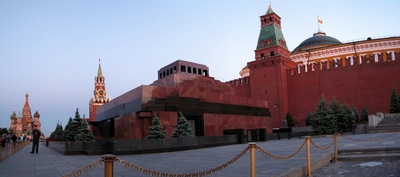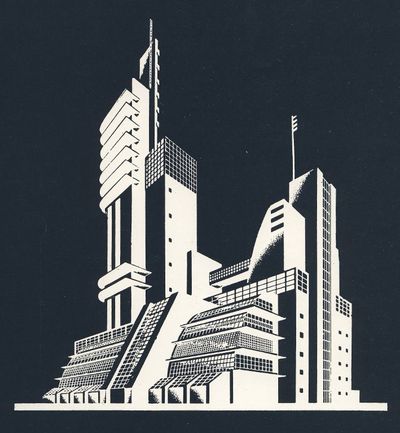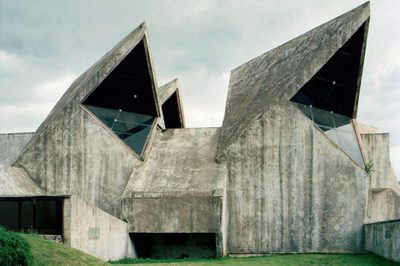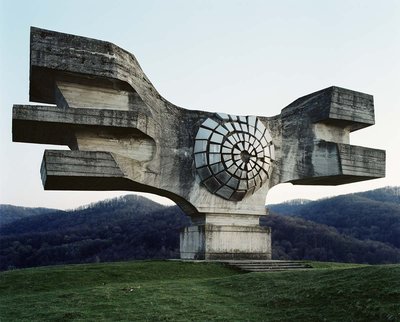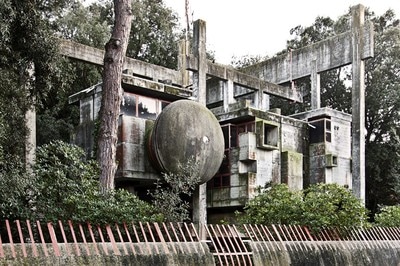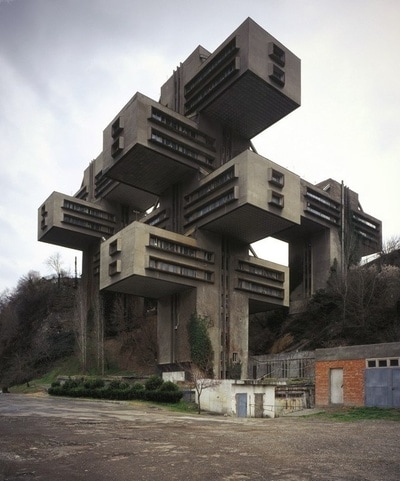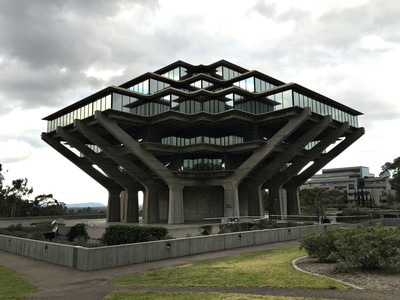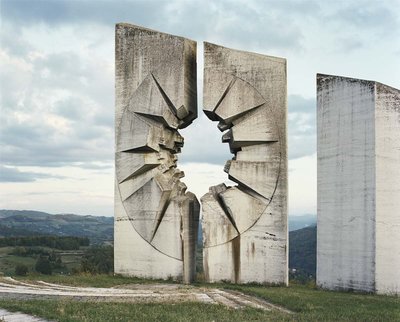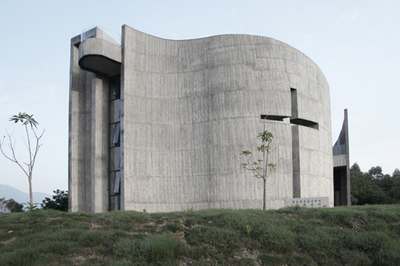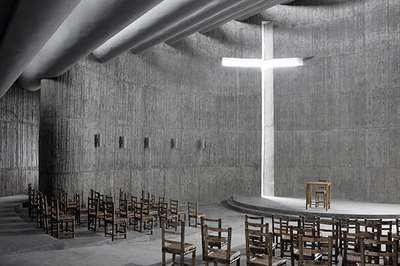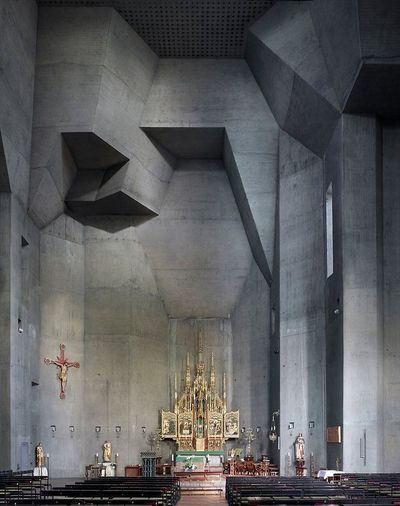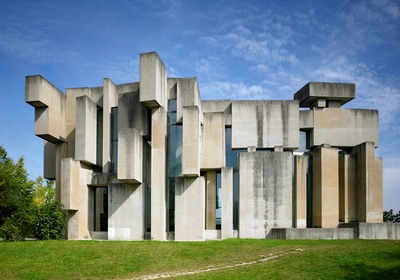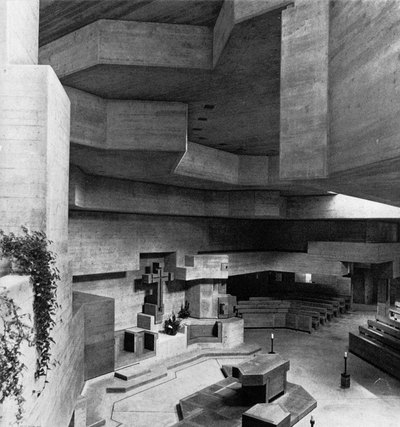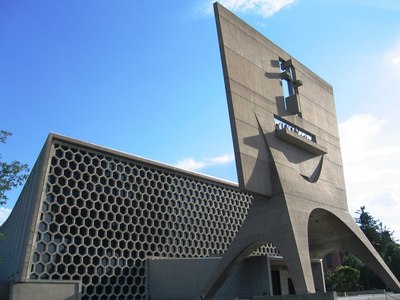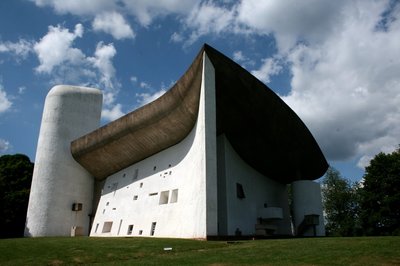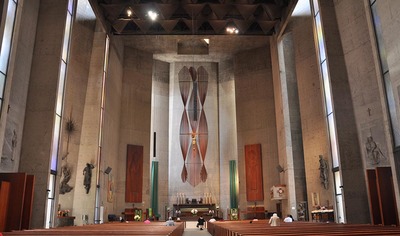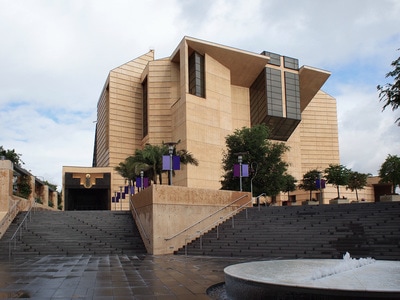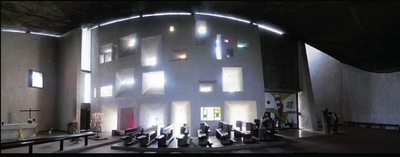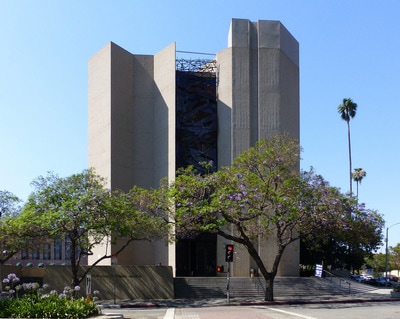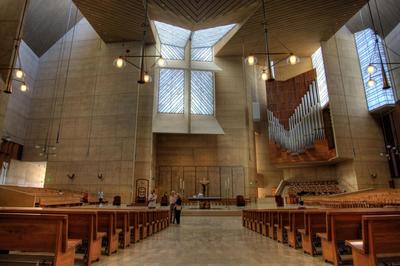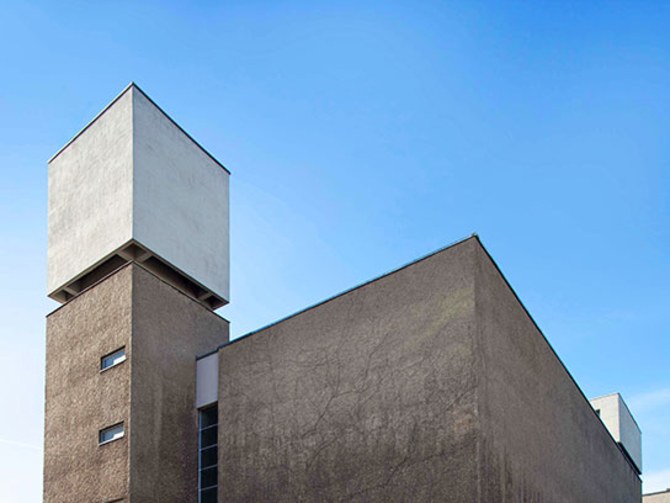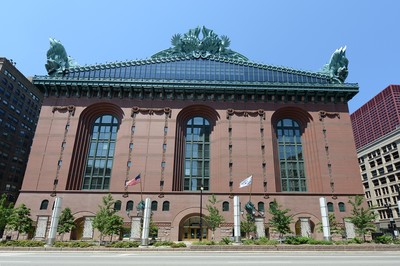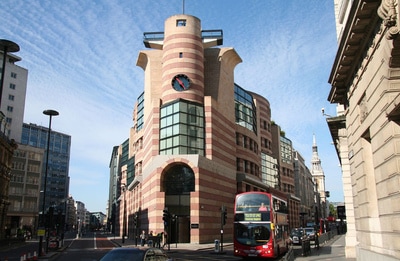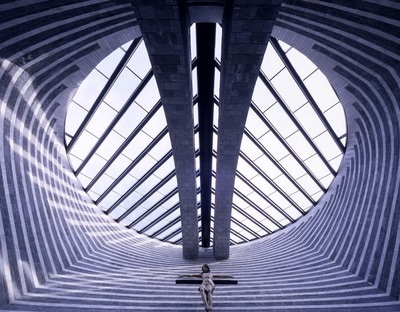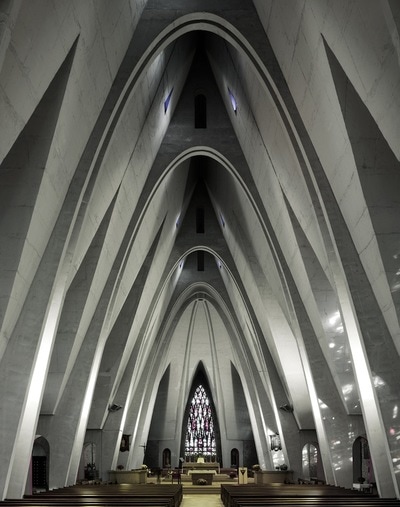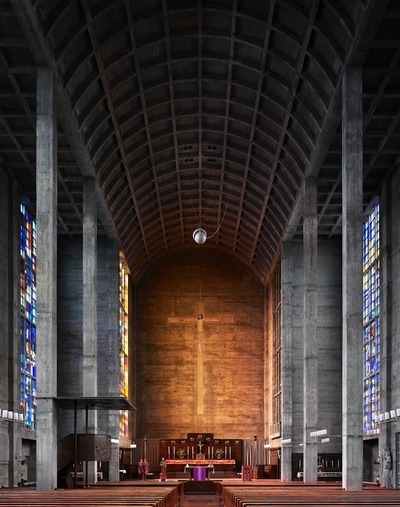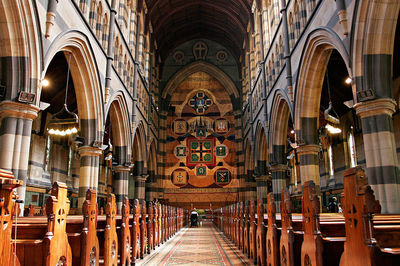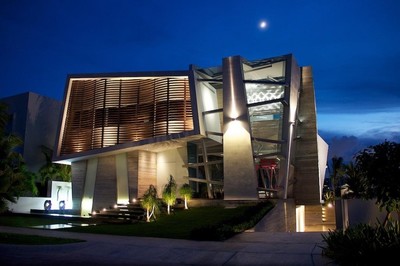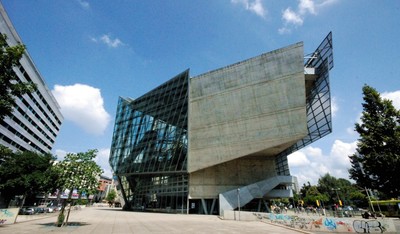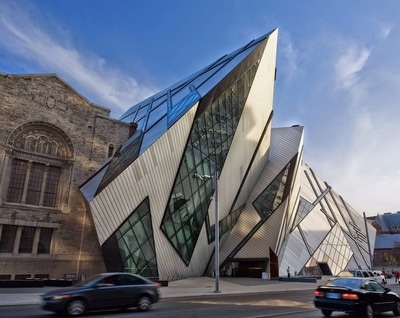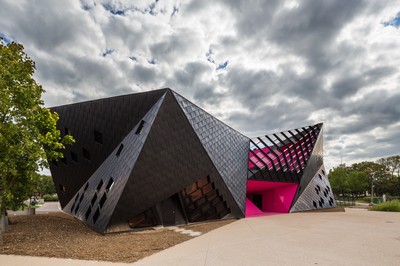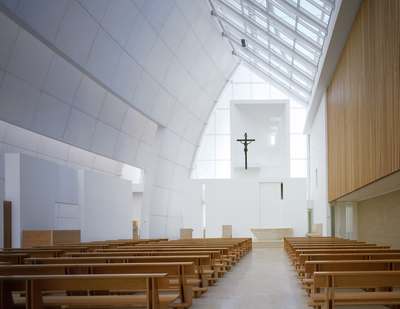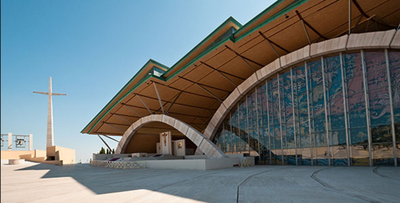MODERNISM
Modern architecture, new architectural style that emerged in many Western countries in the decade after World War I. It was based on the "rational" use of modern materials, the principles of functionalist planning, and the rejection of historical precedent and ornament. This style has been generally designated as modern, although the labels International style, Neue Sachlichkeit,and functionalism have also been used.
CONSTRUCTIVISM
"Constructivist architecture was a form of modern architecture that flourished in the Soviet Union in the 1920s and early 1930s. It combined advanced technology and engineering of the era with an avowedly Communist social purpose.
"A central aim of Constructivist architects was to instill the avant-garde in everyday life. Constructivism was literally about constructing the spaces in which the new socialist utopia could be achieved. This led to the creation of utilitarian projects for the workers, as well as outlandish projects like Gyorgy Krutikov’s Flying City, an ASNOVA project that was intended as a serious proposal for airborne housing.
"These extremes demonstrate the tensions between individualism and utilitarianism in Constructivism, which on the one hand helped promote the greater equalization of society and on the other offered some grandiose, even foolhardy projects."
"A central aim of Constructivist architects was to instill the avant-garde in everyday life. Constructivism was literally about constructing the spaces in which the new socialist utopia could be achieved. This led to the creation of utilitarian projects for the workers, as well as outlandish projects like Gyorgy Krutikov’s Flying City, an ASNOVA project that was intended as a serious proposal for airborne housing.
"These extremes demonstrate the tensions between individualism and utilitarianism in Constructivism, which on the one hand helped promote the greater equalization of society and on the other offered some grandiose, even foolhardy projects."
BRUTALISM
"New Brutalism, one aspect of the International Style of architecture that was created by Le Corbusier and his leading fellow architects Ludwig Mies van der Rohe and Frank Lloyd Wright and that demanded a functional approach toward architectural design. The name was first applied in 1954 by the English architects Peter and Alison Smithson to the post-1930 style of the major French architect Le Corbusier.
"Le Corbusier’s expressionist interpretation of the International Style involved the use of monumental sculptural shapes and of raw, unfinished molded concrete, an approach that, in contrast to Mies van der Rohe’s use of glass and steel, represented a New Brutalism to the English architects. Brutalism, as a reform movement, advocated the return to functionalist principles—in services, materials, and structure. The Smithsons, Sir Denys Lasdun, and other New Brutalist architects displayed a willful avoidance of polish and elegance in their buildings, in which such structural elements as steel beams and precast concrete slabs are exposed to view and convey a stark, austere rectilinearity."
"Le Corbusier’s expressionist interpretation of the International Style involved the use of monumental sculptural shapes and of raw, unfinished molded concrete, an approach that, in contrast to Mies van der Rohe’s use of glass and steel, represented a New Brutalism to the English architects. Brutalism, as a reform movement, advocated the return to functionalist principles—in services, materials, and structure. The Smithsons, Sir Denys Lasdun, and other New Brutalist architects displayed a willful avoidance of polish and elegance in their buildings, in which such structural elements as steel beams and precast concrete slabs are exposed to view and convey a stark, austere rectilinearity."
|
St. Agnes was built in 1967 by German architect Werner Düttmann in Berlin:
|
POSTMODERNISM
"Postmodernism is a reaction against modernism, so the first thing we need to do is understand architecture in the first half of the 20th century. Modernism was an international style of architecture that was formal, austere, and serious. It emphasized function over form and was deeply connected to several philosophical ideas, notably that good architecture could improve people's lives. It was optimistic and idealistic. Postmodernism, however, says that is all a bunch of baloney. Postmodernist architecture, emerging in the 1950s and 1960s, rejected the formal and functional designs of modernism, as well as any idealist crusade to change the principles of human society through the arts.
"So, what does that actually look like in terms of architecture and design? Postmodernist architecture tends to be highly decorative and somewhat whimsical, focusing on design over function. Perhaps its most defining feature, however, is the refusal to draw inspiration from a single source. Postmodern architects incorporate design elements from several different architectural styles into a single structure, breaking down the boundaries between styles. Thus, it is one of the most eclectic forms of architecture, focused on the joy of design and rejecting formal rules of style."
"So, what does that actually look like in terms of architecture and design? Postmodernist architecture tends to be highly decorative and somewhat whimsical, focusing on design over function. Perhaps its most defining feature, however, is the refusal to draw inspiration from a single source. Postmodern architects incorporate design elements from several different architectural styles into a single structure, breaking down the boundaries between styles. Thus, it is one of the most eclectic forms of architecture, focused on the joy of design and rejecting formal rules of style."
DECONSTRUCTIVISM
"The basic rules of form and style are not to be taken lightly. Western society has built up a set of expectations that define a common aesthetic across centuries, even millennia. They're important. So, naturally, one of the main themes of the 20th century was breaking these rules. The 20th century saw a major rise in avant-garde arts, those that challenge traditions. One of the most definitive movements has been postmodernism, defined by a rejection of the concept that art requires grand theories and strict definitions. However, there are many ways to break the rules. One, which breaks the traditions of architecture by rejecting the idea that structures need to assume a coherent form, is called deconstructivism."
